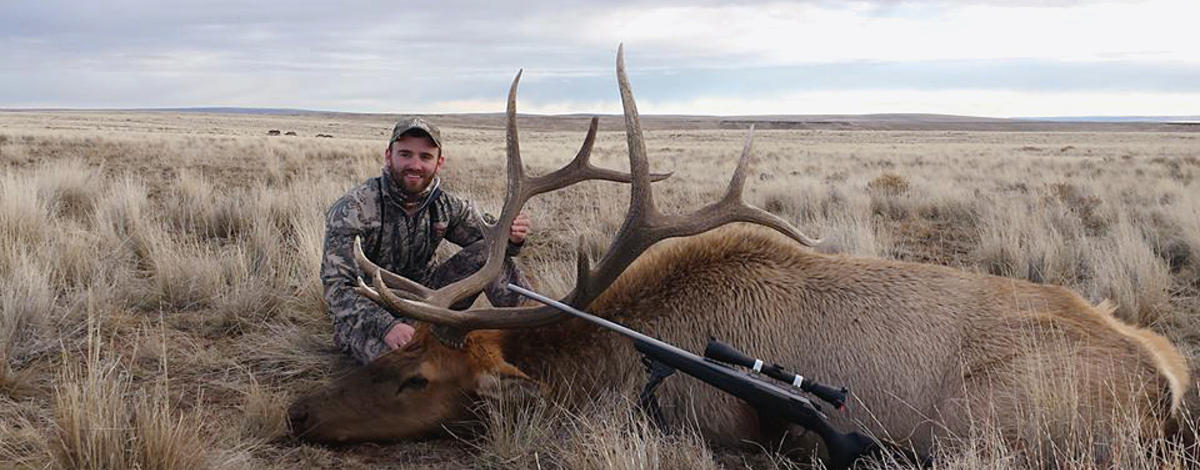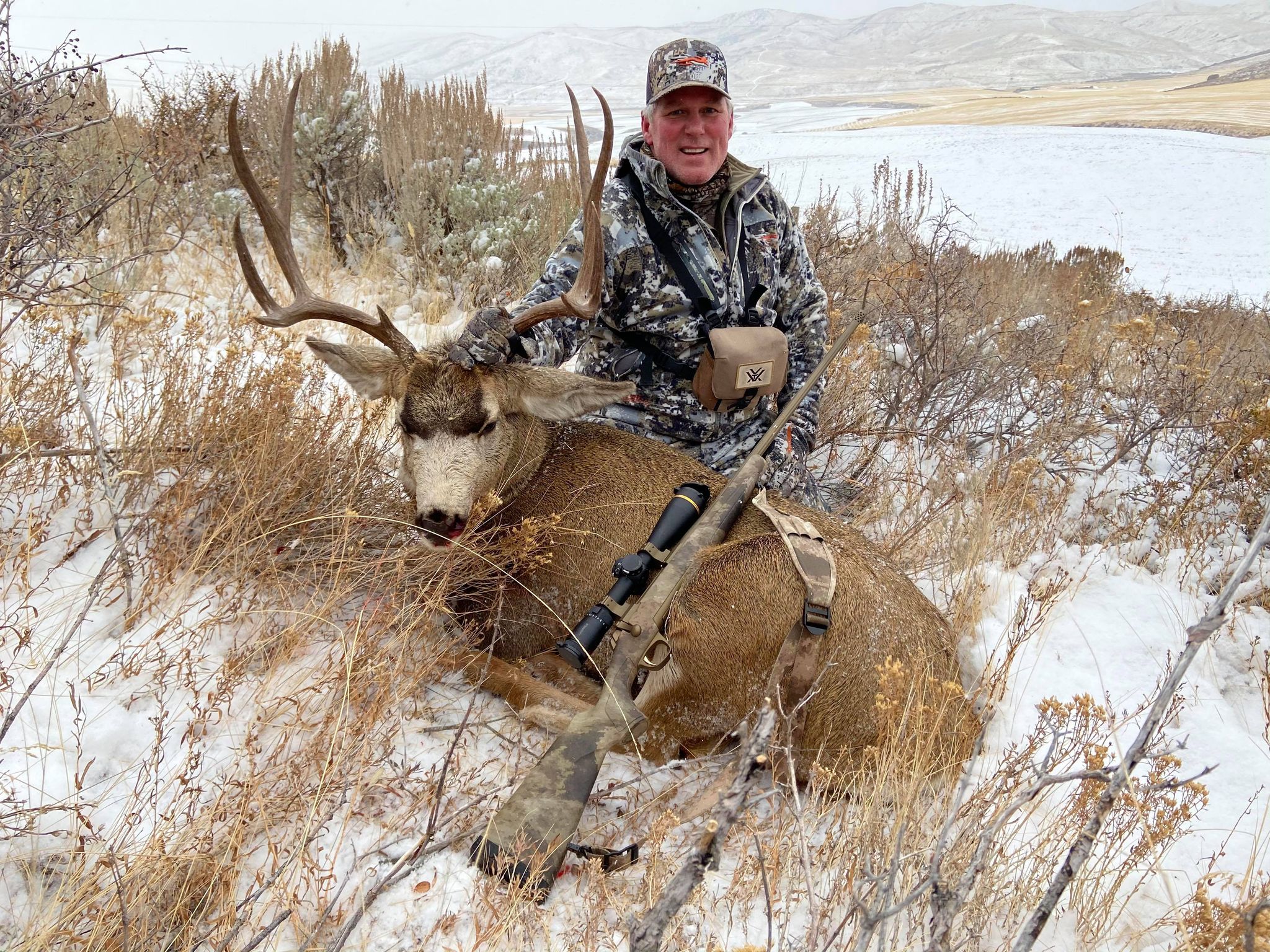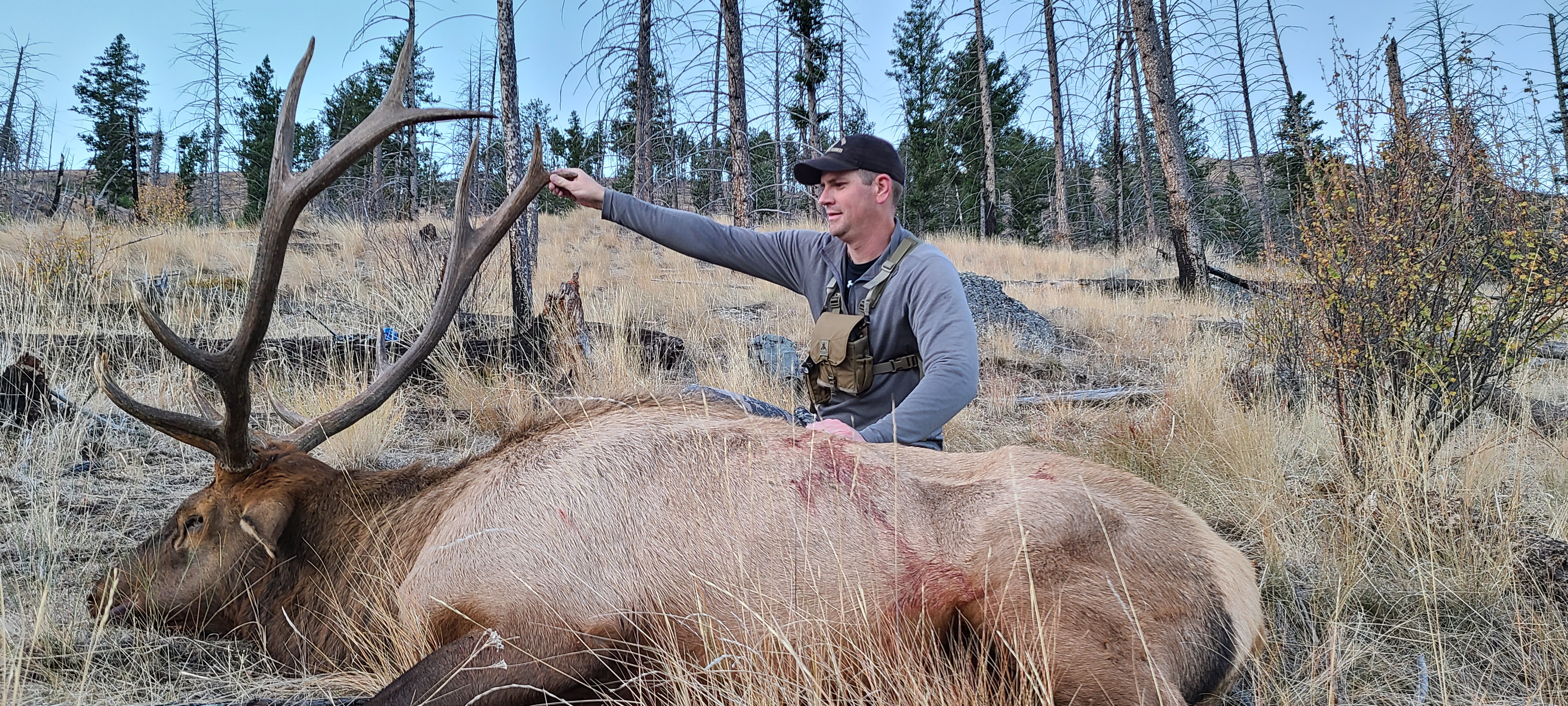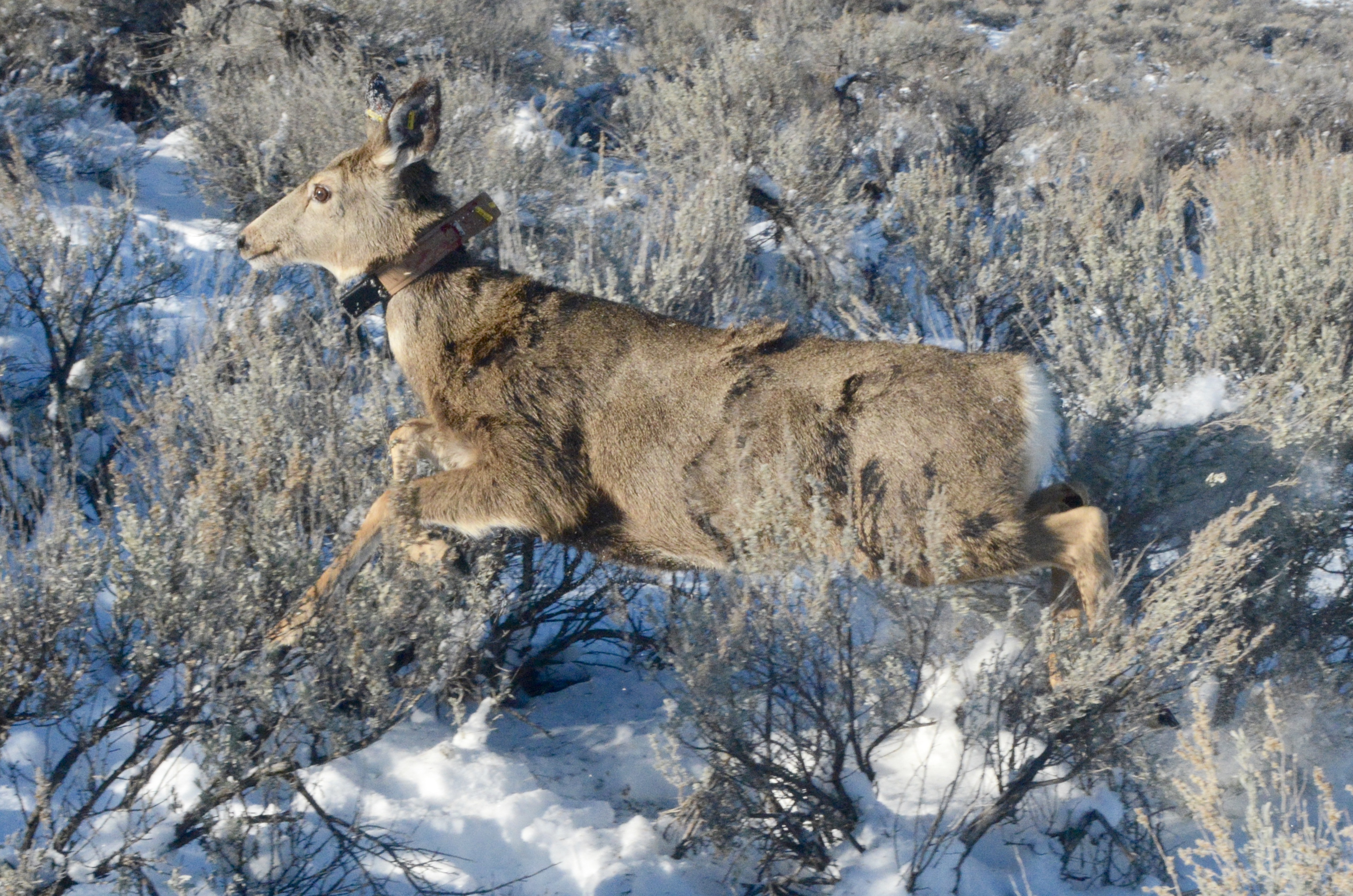It was a good run. 2023 would have been the tenth year in a row for elk harvest to eclipse the 20,000 mark, but that was not how last fall played out. Elk hunters took home 18,568 elk in 2023, roughly an 11% drop in animals harvested compared to 2022. Roughly 87,864 elk hunters—less than 1% fewer than 2022—took to the mountains in 2023 in search of elk, with 21% of those individuals successfully harvesting an elk.
To no one’s surprise, mule deer hunting saw a big decline in 2023. A total of 74,503 mule deer hunters hunted last fall, with nearly 25% of those successfully packing out a mule deer. Last year’s roughly 22% decrease in total mule deer harvest is also the seventh-consecutive year below the 10-year average. While it may seem impossible to have 70% of the years below the 10-year average, it’s a reflection of an unusually large mule deer harvest in 2015-16 that drove up the 10-year average.
Finally, onto whitetails. White-tailed deer harvest has been at the top of bad news headlines in recent years due to large disease outbreaks; however, in 2023, the number of whitetails harvested showed a bump in the right direction, from 19,182 in 2022 to 19,828 in 2023, which hopefully reflects recovering whitetail herds. Last fall’s whitetail harvest also eclipsed the mule deer harvest for only the sixth time since 1975, when Fish and Game began tracking deer harvest by species.
Winter monitoring of fawns and calves
Winter survival is typically the biggest single factor affecting mule deer herds, and the long-term average is about 60 percent of fawns surviving their first winter, but during hard winters that can be significantly lower. To monitor herds, Fish and Game biologists in early winter captured and collared 217 mule deer fawns and 151 elk calves in various parts of the state to track their survival over winter.




